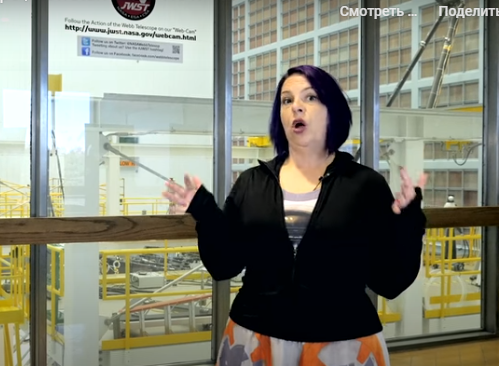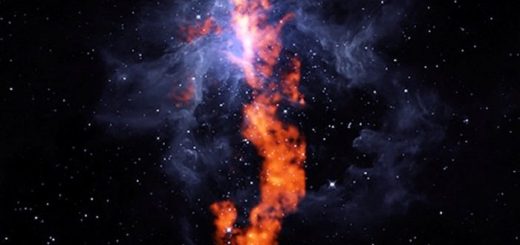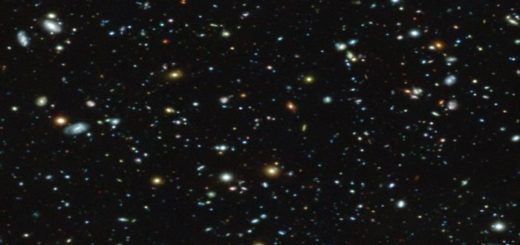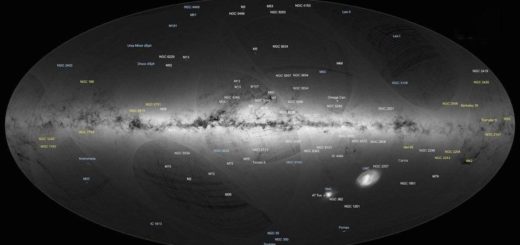The Challenge of Building a Massive Space Telescope

Building and launching a telescope that will give us more information about the universe than we’ve ever had before is no short order. Once it reaches its target location at Lagrange Point 2 (L2) and starts collecting data, the James Webb Space Telescope will use its infrared vision to peer into the past to see the formation of stars and galaxies. It will give us new insight on the chemical makeup of far distant planets and comets and allow greater understanding of our solar system and Earth’s place in the cosmos.
But a lot of work goes into creating an observatory that can deliver that kind of information, and it’s a collaborative effort. In addition to NASA, the European Space Agency (ESA) and the Canadian Space Agency (CSA) have worked on making the JWST a reality. Partnerships with academic institutions and companies including Northrop Grumman, Lockheed Martin and Ball Aerospace & Technologies have also been a key part of the process. Once all the pieces are in place and assembly is complete, the JWST will have to be transported to French Guiana for its launch aboard an Ariane 5 rocket.
It all makes for an elaborate dance of science and engineering that has to be carefully choreographed. During a visit to NASA’s Goddard Space Flight Center, we met with Project Manager Bill Ochs, who keeps track of all the moving parts of the project. It’s a job that comes with unique challenges, and one of those is making sure the agencies and companies are on the same page.
Despite the stress that comes with heading a massive global team, Ochs has an upbeat outlook. “It actually makes it a lot of fun because every place you go, there’s a different culture on how they do work,” he says. “Not only the European Space Agency and Canada — they have their own ways of doing things — but when we go visit our different companies that we work with, they all do things a different way … and we all have to be able to adapt to that and then integrate it all into one team.”
Once the JWST launches in October 2018, it will take a six-month journey to L2. Watch the video above to see how all the collaboration that will take place over the years will yield entirely new looks at the universe.



 Creators of mankind
Creators of mankind Description of “Tall white aliens”
Description of “Tall white aliens” Where they came from?
Where they came from? About hostile civilizations
About hostile civilizations The war for the Earth
The war for the Earth “Tall white aliens” about eternal life
“Tall white aliens” about eternal life Video: “Nordic aliens”
Video: “Nordic aliens” Aliens
Aliens Alien encounters
Alien encounters The aliens base
The aliens base UFO
UFO Technology UFO
Technology UFO Underground civilization
Underground civilization Ancient alien artifacts
Ancient alien artifacts Military and UFO
Military and UFO Mysteries and hypotheses
Mysteries and hypotheses Scientific facts
Scientific facts


















